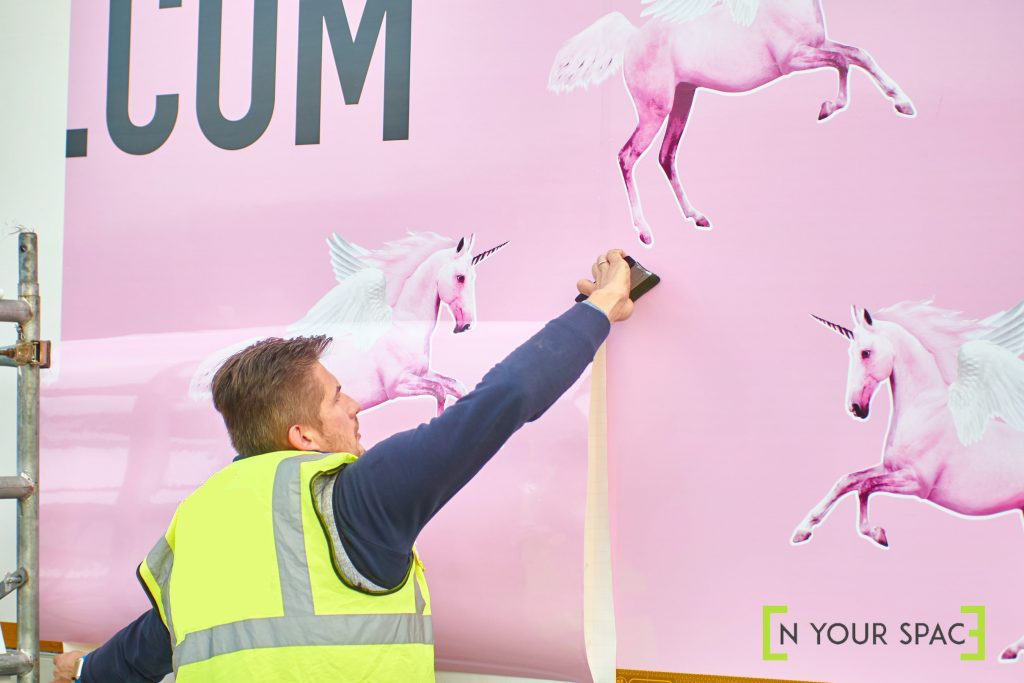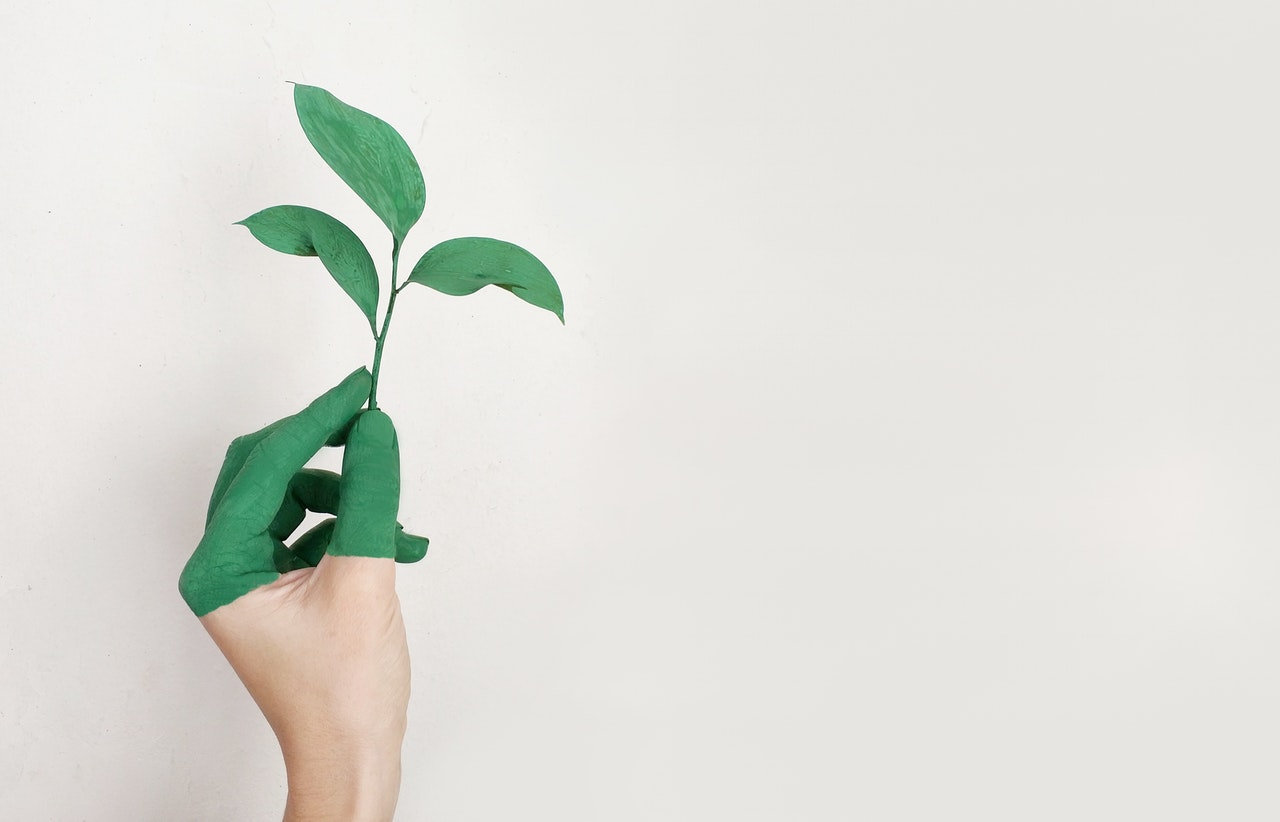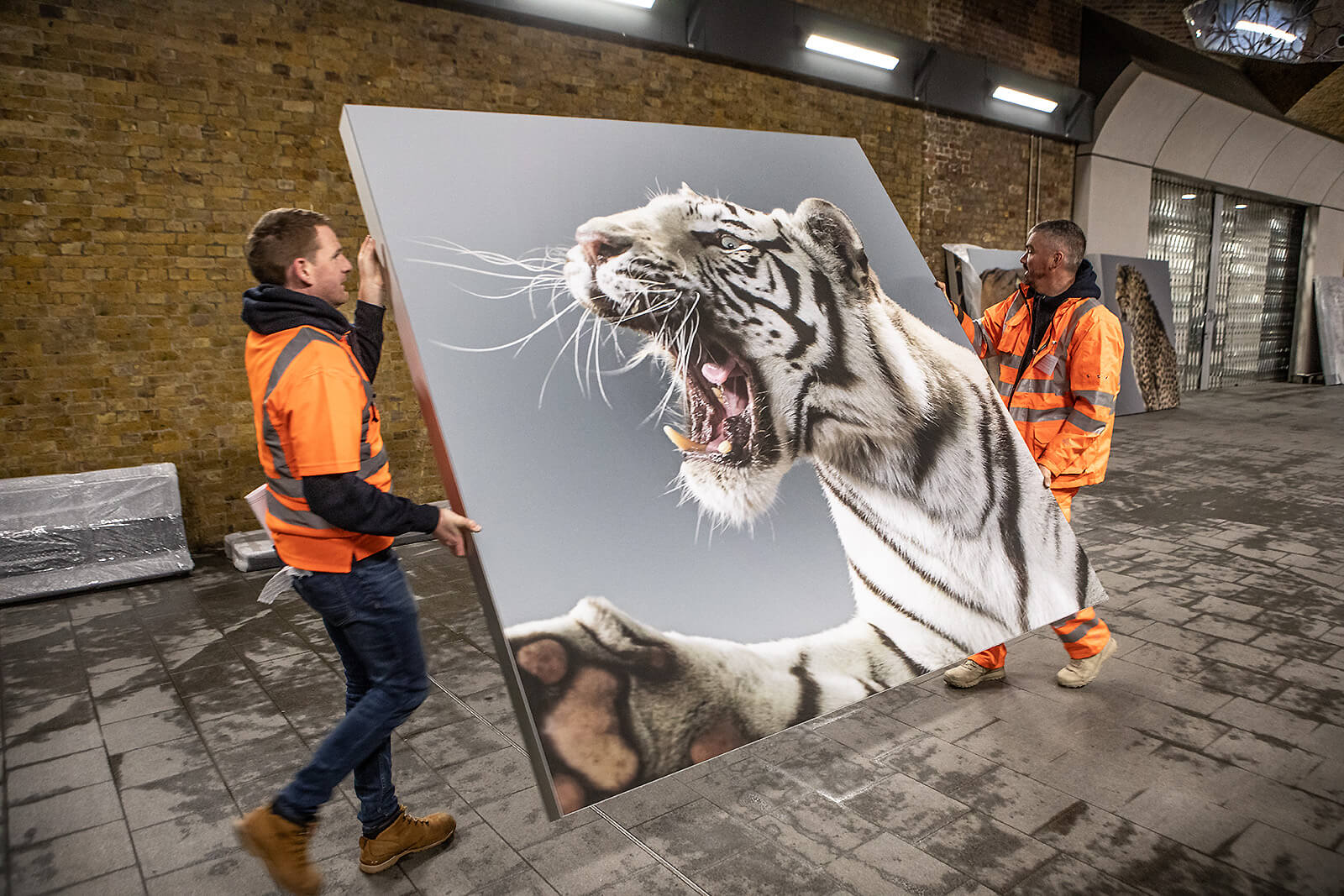Print is an industry which many businesses will turn to for their marketing, but which can also present a challenge if you aren’t familiar with this type of media. There are countless different print options out there, for every kind of campaign, and it’s vital that businesses can rely on their large format print supplier to provide the best solutions, in the right way, for the right price.
But how do you go about choosing the right supplier for you? What are the right things to look for in a print specialist, and how can you be confident you’re working with the right firm? PressOn have been working in the industry for decades, so we’ve put together some of the best advice we can give for choosing a large format print supplier.
Choosing the right large format printer – why it’s important
As with any business decision, it’s crucial to take the time to find the right large format print supplier. But when it comes to print, there are a few things that make this a particularly important decision.
Ultimately, this comes down to saving time and money that might otherwise be needlessly wasted. With print, it’s vital to get the right product, printed to the right standards, installed in the right way, on time – first time.
Any mistakes or unforeseen challenges can be extremely costly; a small error in the quality can mean an entire print run needs redoing; a bad choice of substrate can lead to prints falling off the wall or getting damaged too quickly, meaning they need to be replaced. The list goes on.
You need a print specialist who will be able to take the burden of responsibility off your shoulders, ensuring all of the above boxes are ticked, and meaning you don’t have to worry about micromanaging the finer points of the print media process. There are a few things you should be particularly mindful of:
What to look for in a large format print supplier – the four ‘e’s
There are a lot of things that make a really good print supplier – and we’re by no means suggesting there are only three things you need to look out for. With that said, there are a few core elements to any large format print business which can indicate they’re a good choice:
Environmental Impact
Admittedly, many traditional print solutions – particularly solvent-heavy inks and plastic-based materials – are a long way from being sustainable. Despite this, many print businesses (including PressOn) are actively taking steps and making commitments to reduce their environmental impact. This is more important than ever, and it’s a vital thing to consider when choosing your supplier.
In regards to the way that printing affects the environment, it’s useful to break the process down into individual components e.g. the materials used, the machinery and equipment involved and the processes (such as supply chain) that allow this to take place.
Despite many of these components – such as the inks and solvents – typically having a negative environmental impact, manufacturing developments over recent years means that there are alternatives available which offer a significantly lower overall environmental impact.
For example, UV-curing or water-based inks are far less detrimental than solvent inks, which release harmful emissions. There are also special inks which break down during recycling, (which works particularly well for printing on paper and board!). For the display market, using more eco-friendly inks, which tend to be of a high standard, means that print products can usually last for long periods of time outdoors without degrading in quality which also results in a lower environmental impact.
Substrates are another consideration when it comes to adopting a greener approach in the printing industry. Traditionally, PVC was used to print on, which involves heavily toxic, non biodegradable materials being released into the environment.
Instead, soft signage – such as tension fabric systems – are now being more widely used and offer one of the best ways to reach an audience in a less environmentally-harmful way. PressOn’s tension fabric frames are made from graphics printed onto a fabric panel and then inserted, at tension, into an aluminium frame, using silicone edging. The graphics can be easily removed and stored for reuse – or recycled if they’re not needed – making these solutions among the ‘greenest’ available.
How can you check?
First and foremost, research any printing supplier to find out about their environmental position. If they’re taking action towards becoming more sustainable, then there is likely to be a mission statement on their website setting out their steps towards a lower impact future.
Also, it’s worth speaking directly to the suppliers themselves. This way, you’ll be able to make more informed decisions based on the materials they use, such as the ink, substrates and print equipment – as well as their general attitude about committing to having a lower environmental impact.
Experience
As in any industry, the longer a printing firm has been in business, the better they’re likely to be to work with. They’ll have more experience, they’ll have worked on projects just like yours countless times before, and they’ll have a confident knowledgebase of what will matter when it comes to your specific brief, project, or business.
It’s worth noting here that time doesn’t necessarily always equate to experience – two print firms who have both been operating for 10 years won’t always have the same degree or breadth of expertise or experience. But a supplier having been in business for a long time is a good sign that they’re likely to know a thing or two about what they’re doing, and will have fulfilled projects like yours numerous times before.
This also means they’ll be much better equipped to provide advice and consultation on your project, rather than simply acting as a supplier. Having a knowledgeable team at the other end of the phone makes all the difference in helping you choose things like the right material, and they’ll be far more likely to accommodate challenging briefs and projects that other suppliers might turn down.
They’ll also be better positioned to find solutions to your challenges, if there are any hurdles in your project (such as difficult surfaces to install prints onto.) Some suppliers may simply recommend an alternative, more straightforward option, which compromises your requirements slightly – but an experienced printing team will be more likely to find ways to make your project work in the way you intend.
How can you check?
Do a little research about any print firms you’re considering working with or approaching for a quote- check out the about pages of their websites, and see how long they’ve been in business. You can even take this a step further and have a look at the social media profiles, particularly LinkedIn, of their team, to gauge the level of expertise and experience the business can offer.
Equipment
When it comes to the kind of printed media a supplier can produce – and the level of quality they’ll be able to deliver – a huge differentiator is the equipment they use on their print floor. This extends to both machinery and print materials including substrates and inks.
There are a few reasons this is important. The more diverse the machinery a print firm uses, the more varied an offering they’ll be able to offer their clients. While many printers will be able to offer things like banners or signs, when it comes to installations like hoarding graphics, glass manifestations, or even something like tension fabric systems, quality solutions require quality gear.
How can you check?
Some large format suppliers will offer a list of their machinery on their website, which can offer a helpful starting point. It’s sensible to do a bit of research online, and compare this machinery to that of other suppliers you’re considering, to gauge a sense of the investment in quality and efficiency the companies have made.
Efficiency
Along with budgets, one of the most important factors for many businesses looking to organise large format printing campaigns will be efficiency, and turnaround time. Historically, print wasn’t always the most reactive of media due to the length of time it took to design, print, and install a campaign – but times have changed significantly.
With developments in printing machinery and software, suppliers with the right equipment and team will be able to turn projects around extremely rapidly. This might not be a determining factor in your own project, but knowing that your supplier will be able to respond extremely quickly if anything changes at the last minute (as things so often do) with designs etc, can be highly reassuring.
How can you check?
While many suppliers will talk about ‘fast turnaround times’, that doesn’t always mean the same thing. At PressOn, for instance, we can turn projects around from initial contact to installation in just a few days, but this might not be realistic for some printing companies. Speak to the supplier in question in person, and get a specific estimate on when you could expect your prints – and to reinforce this further, take a look at their case studies, or speak to some of their previous clients about their experiences.
The golden rule: do plenty of research!
The main takeaway from all this is that to ensure you get the best results, you need to take the time to do plenty of homework about the print suppliers you’re considering. For any companies you’re considering, speak to them in person, find out what you can online, and take a look at their past projects to get a sense of how they work, and what they can produce. Taking the time to make the right decision early on can save you a huge amount of time and money in the long run





